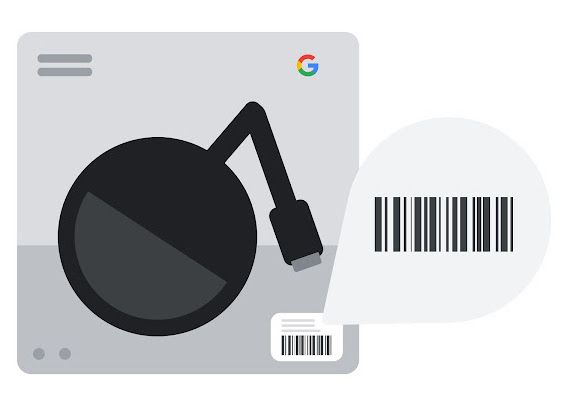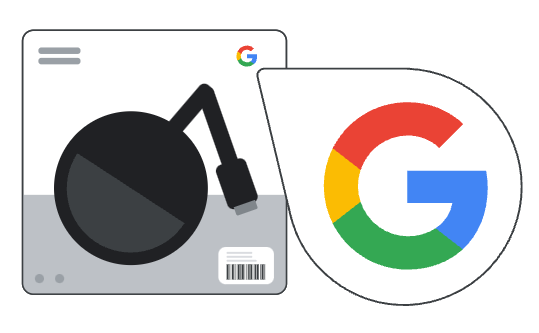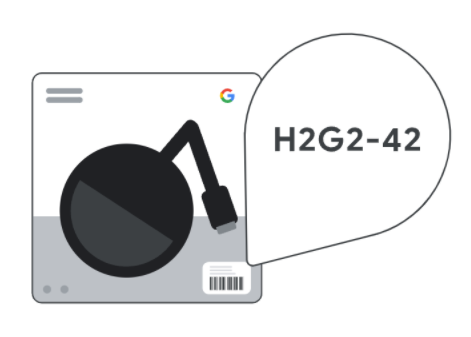 All blog posts
All blog posts
Make Your Products Easier To Find With Unique Product Identifiers
Crossing the chasm into the mainstream and becoming a well-known brand is one of the biggest hurdles you can face as a founder. There’s a million and one things you could be doing to achieve this – but the theme of it all really boils down to telling more people about your product.
Often as you're trying to cross this barrier, you end up using channels like Google Shopping, selling through retail partners & opening up regional storefronts. In doing this - you need sustainable processes to list your products and ensure your customers can still find them. One of the best ways to automate this & ensure your product data is correct across all these channels is by using Unique Product Identifiers (UPIs).
Table of Contents:
- What is a Unique Product Identifier?
- Attributes that work best at identifying products
- Why you need UPIs when selling online
- How to put UPIs to work
What is a Unique Product Identifier?
A Unique Product Identifier (UPI) is a code assigned to a product that helps define it in the global marketplace. UPIs specify products by their variations like size and colour, making them easier for customers to find and easier for partners to match in relevant search queries. Search engines like Google, use product identifiers to understand your products and provide more details in places like search results pages, producing listings, and paid ads. They’re also used in Product Feeds to update and optimize your product listings across shopping channels.
UPIs are made up of different attributes such as; Global Trade Item Numbers (GTINs), Manufacturer Part Numbers (MPNs), and Brand. Each of these attributes identifies different types of product information that helps differentiate products at every point along the value chain. Let’s take a look:
Global Trade Item Number (GTIN)

The global trade item number attribute is a set of 8-13 numeric digits that help classify and display products across different channels. GTINs are usually associated with barcodes printed on a product’s packaging. Every variation of a product has a different GTIN, for example: if you’re selling t-shirts that come in purple and pink, a purple t-shirt will have a different GTIN than the pink t-shirt.
Primary benefit: enriches shopping ads & product listings so they’re shown in relevant search results.
Brand

The Brand attribute identifies the brand name of a product being sold. When the product has a clearly associated brand, like an iPhone, this attribute is required. Products that are custom-made or don’t have a clearly associated brand like movies and books, the attribute is optional.
Primary Benefit: including the brand of your product is key for increasing visibility. It makes it easier for Google to match your product with customers who search by brand first.
Manufacturer Part Number (MPN)

The MPN attribute is an alphanumeric value that defines the manufacturer part number of your product. They’re used to further identify a specific product from all other products made by the same manufacturer.
Primary Benefit: submitting the MPN attribute ensures your product will show up in relevant queries when someone searches for a product by MPN.
Attributes that work best at identifying products
Your products may already have some attributes like SKU, product name, brand name and you may think that these are enough for shoppers to find them. Sadly, it’s not. Every product has a collection of product identifiers and there’s what’s called “weak identifiers” and “strong identifiers”. The strength of your product identifiers determine how well your products can be classified and therefore found by relevant shoppers.
- Weak identifiers are things like Product Name or SKU. They're "weak" because anyone else can choose the same name - so it doesn't work that well to identify things.
- Strong identifiers are things like GTIN's or "Brand + MPN pairings". These are the Unique Product Identifiers that we mentioned earlier and work well to identify things because, well, they’re unique to your product.
So if you’re deciding what attributes to add to your product data, make sure that you either have the GTIN or Brand + MPN pairing. These are unique identifiers and will give your products the best shot at getting in front of potential customers who are ready to purchase.
Why you need UPIs when selling online
Once again, product identifiers help customers surfing the web locate your products. They’re like the breadcrumbs that always lead you back home, but in this case, home is where your products are sold. For instance; sales channels (ex. Google Shopping), brand partnerships, retail stores, marketplaces, or even sharing reviews across regional stores, are all instances that use product identifiers. They use them to list your products and match them with relevant customers on their platform or channel. This also improves the visibility of your products and works wonders for getting your product in front of your target market.
Adding UPI’s to your product data also helps Google and other search engines understand your products better so they can add more valuable information to your product listings & ads. In turn, this improves the performance of your ads since Google is able to show the ad to more relevant searches. Brands who use strong product identifiers (i.e. GTINS) in their product data have seen conversion rates increase up to 20%. So if your ROAS is slipping, make sure your GTINs are in order.
How to put UPIs to work
Now that we know what product identifiers are and all the wonderful things they can do for your brand, let’s look further into how to make sure they work as planned.
- Add them to every channel your product is listed - it’s important that every channel where your products are listed has the same set of product identifiers and that they follow Google’s requirements. Having this valuable data that tells people what your product is, shared across multiple locations makes your product that much easier to find.
- Be consistent with the attributes you use - when you’re adding product identifiers make sure you’re being consistent with the ones you’re using throughout every channel. For example, Junip integrates with Google Shopping and uses product identifiers to match reviews to the correct product listings. So, if you want to update your review feed but your products on Google Shopping use GTINs and your products in Junip only have a Brand + MPN pairing, you will run into issues. In short, if your product identifiers aren’t consistent, syndicating other product information won’t work.
- Keep up to date with product changes - as your product line expands and you develop new product variants, updating your product identifiers is just as important as updating your collection pages. Anytime you come out with a new colour, size, or bundle for an individual product, the GTIN and Product Title attribute will change.

Wrapping it up
Hopefully after reading this you have a more clear understanding of what unique product identifiers are and how they're used to your advantage across different channels. If there’s one thing you should take away from this article it’s that unique product identifiers help more people find your products. They’re like the free passport to getting your products in the mainstream arena of ecommerce.




